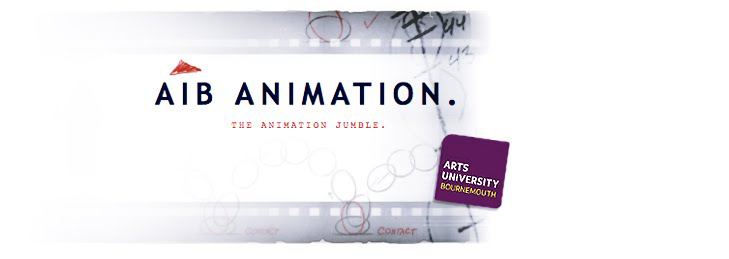Clean up animation seems to be a dying art at the moment and it really bothers me. It has gone from a key animation process performed by experienced, skilled and valued artists to tracing animation with a fine line by uneducated artists on unacceptable low salaries. The fact that clean up artists produce the final drawings and movement the audience will see on screen seems to always be over looked and unappreciated. Bad clean up can make Glen Keane look like a first year student, this is not an over exaggeration!
My theory is that this all began with Disney's invention of the assistant animator. Having an artist work under another in this way had knock on effects to clean up and gave everyone the impression there was some kind of hierarchy to the importance of artists in the animation process with animator at the top, clean up in the middle and inbetweeners at the bottom. This is such a damaging idea. Each process is as vital a last. Clean up is not something that should just be considered a stepping stone to animating or a lesser job than animating. It should be praised and respected for what it is, a damn hard and invaluable job in any animated production.
I was fortunate enough to begin my career on The Illusionist where I learnt, for the first time, what clean up really was and how to do it at an extremely high level. I learnt clean up needed skills quite different from animating but at the same time required knowledge of how to animate. I came to realise a good animator does not always have the skills to do good clean up. I would not consider myself a good clean up artist, probably because I know what it involves.
Clean up is not, in any way, a case of drawing over the animation with the final line. It was never a job for an assistant animator, although that seems to be the job title for clean up now.
Clean up animation is the process of taking tied down animation to the final drawings you see in the finished film. The artist uses keys and charts from the animator to construct the character and put it on model. They will read any intention from the animator and stay true to any performance or movement. The animation drawings can often be quite lose. If the animation drawings are too clean but off model or lacking any consistently it can make clean up much harder than it needs to be or even mislead the clean up artist. Clean up artist must know, at least, the principles of how to animate. This includes the ability to make intelligent inbetweens, as shown below. Due to budget restrictions clean up has come to include inbetweens in many cases as the job roles share the same necessary skills.
Most people find this kind of mistake funny or silly but it happens! A scene came back to be fixed on The Illusionist were Tati was picking up a hose from the ground. The inbetween had the hose jumping off the ground before Tati's hand reached it. The belief that clean up is easy, tedious or repetitive is false. It can be very rewarding.
This example from Beth Witchalls is a clear example of how clean up alters the animators drawings by correcting proportions and volumes to have a controlled model throughout the scene. Nearly all animators draw their characters slightly differently. It is the clean up artists jobs, as a team, to correct this consistently.
This is only a brief explanation of what clean up really involves. My main point is that the skill for real clean up seems to be disappearing. Today a lot of studios, even those on large features, are tracing animation or cleaning up without this basic knowledge and the skills are not being taught or passed on. Due to clean up being considered less important than animation clean up artists are being paid less and expected to work as fast as animators. This is yet another misconception. In general, high quality clean up takes twice as much time as animation.
A lot of the blame can be put on the animation schools. A lot of most students first jobs are in clean up but they have not been taught how to do it. They then move on from their first job after tracing animation believing it is clean up and apply for other jobs believing they can do clean up. This may sound harsh but it is happening. It is sadly true that some studios would rather have this than pay for real clean up but surely as I said before the damage is inevitably dealt to the final product of the film and subsequently the animation industry.





5 comments:
If enough people are interested I can do a post on some Clean Up techniques.
Yes, please! :) Also, great post! It's so true that cleanup artists are under-appreciated.
There was a fellow on the Princess and the Frog extra features who was to present the role of cleanup artist. He described it as fixing the mistakes of the animators.
Great post! Some more information on Clean Up techniques would be great Beth!
Very interesting! I'm pretty awful when it comes to clean up and would love some more tips and info on that Beth :)
That was a great post! It's true that clean up artists don't get enough credit. I second a new post with clean-up techniques!
Post a Comment